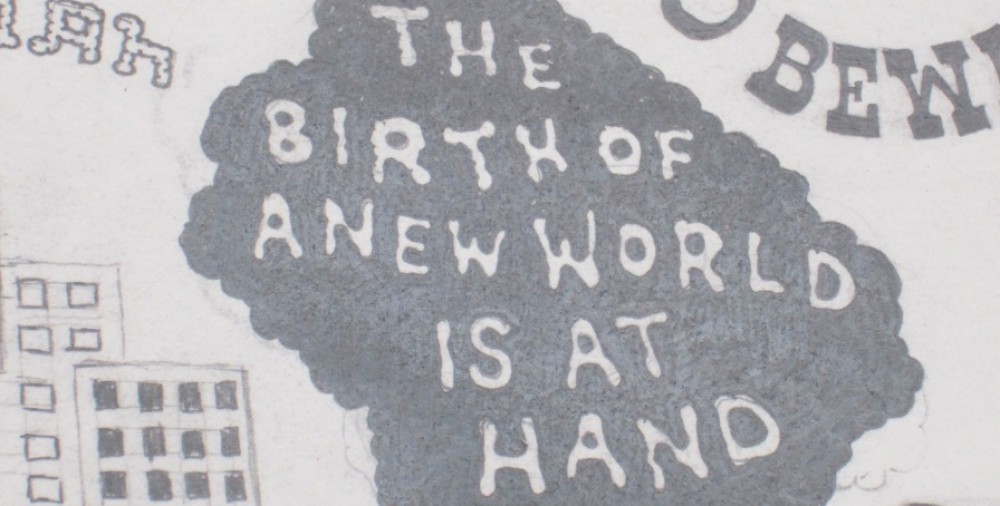In a mathematically impeccable world such as the One State, a square seems to be the most symmetrically perfect shape to reflect the overall life in the One State. Everything must be carried out with precision and the citizens of the One State must abide by the table of rules given to them by their God, the benefactor. They are never to think, desire, or question anything outside of this way of life; they are confined to a square mentality. With this essay I will analyze how the narrator, D-503, unconsciously questions this square of a society as well as breaks out of his own mental square.
We first must analyze the way of life in the One State to understand the analogy between the One State and that of a square. Beginning with the concept of uniformity, “thousands of numbers, in pale blue unifs, with golden badges on their breasts, bearing the State Number of each man and woman.” (5) As this excerpt clearly states, the people in the One State are to wear the exact same uniform, preventing any physical form of individuality. Individuality means weakness in a society like this, because a person that is allowed to think and be different is a potential threat to the well being of the society; the greater good.
Further examples of uniformity are found throughout the book, but they all lead down the same road of constraint. Life down to the very second was controlled in the One State, this was carried out by the “Table of Hours”. “But our Table of Hours! Why, it transforms each one of us into a figure of steel, a six-wheeled hero of a mighty epic poem. Every morning, with six-wheeled precision, at the same hour and the same moment, we- millions of us- get up as one. At the same hour, in million-headed unison, we start work […] designated by the table, we lift our spoons to our mouths. (12) We observe in this excerpt how the system (people of the One State) carries them selves in unison. They take pride in their togetherness because they know of nothing else but this table. Again confining them into a single-minded way of thinking, the perfect square.
After understanding the One State and the square they live in we can now begin to analyze how D-503 views this society. In the beginning chapters D-503 states something very interesting: “Now, think of a square, a living, beautiful square. And imagine that it must tell you about itself, about its life. You understand, a square would scarcely ever think of telling you that all it’s four angles are equal: this has become so natural, so ordinary to it that it’s simply no longer consciously aware of it. And so with me: I find myself continually in this square’s position.” (20) We see here that D-503 compares his ways of life to be as natural as the corners of a square. This could be seen two ways, the most direct way is that D-503 feels that describing his way of life is unnatural since it has become part of him. Second interpretation can be that he feels that he is trapped in this squared society and knows nothing but this life. So it would be unnatural to say something outside of this.



